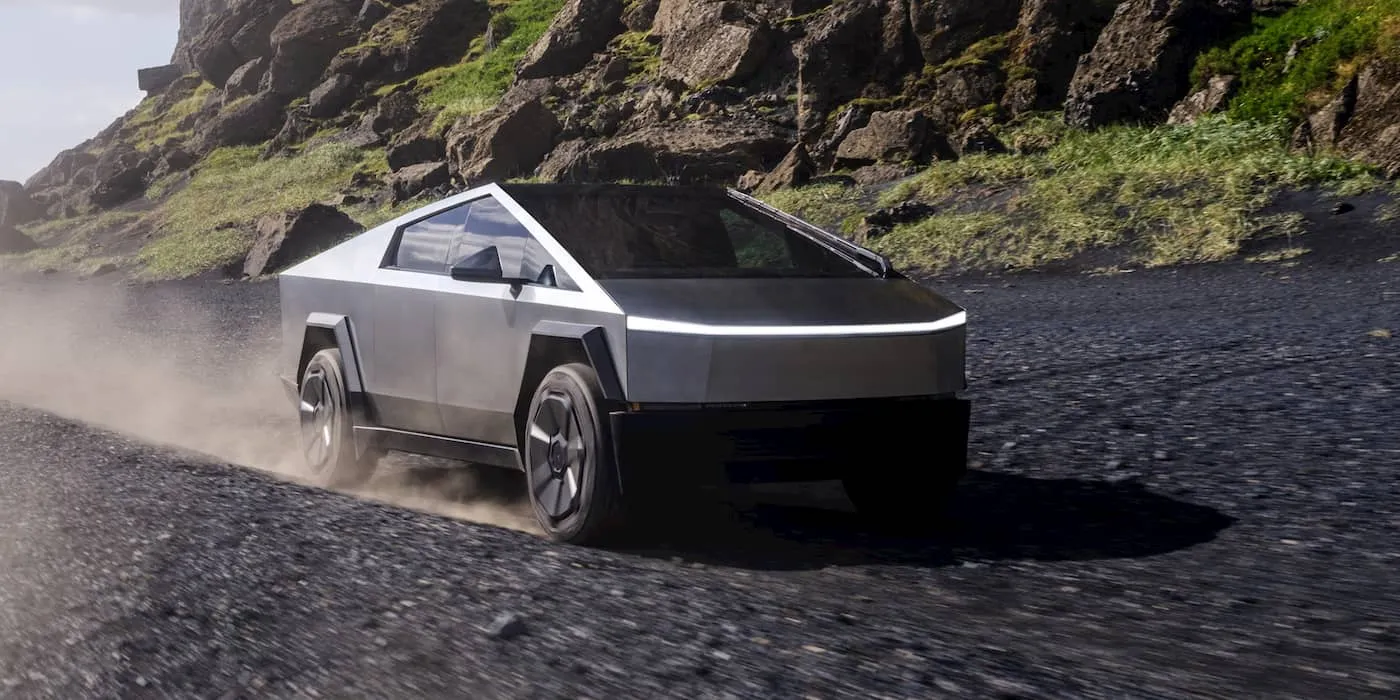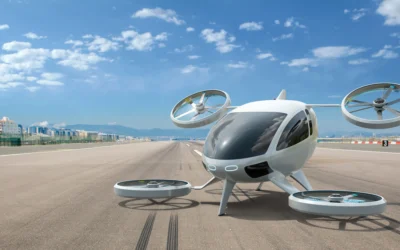Tesla’s Concerns Amidst Cybertruck Trade-Ins
Tesla, the electric vehicle giant founded by Elon Musk, is making headlines once again, but this time, the news isn’t all positive. With the recent announcement that Tesla is now accepting trade-ins for its highly anticipated Cybertruck, the company has confirmed the harsh reality of vehicle depreciation. Reports indicate that the Cybertruck, after just 6,000 miles, loses an astounding $35,000—an average of $5.6 per mile. This startling figure raises questions about the desirability and overall future of the Cybertruck in the market.
Trade-Ins Become a Reality
Tesla has always been at the forefront of innovation, not just in technology but also in sales tactics. Accepting trade-ins for the Cybertruck marks a significant shift in strategy, as it indicates a growing urgency within the company. Despite eager anticipation and countless reservations, recent reports suggest that nearly 10,000 Cybertrucks remain unsold, and the firm appears to be reactive rather than proactive in addressing potential concerns among buyers.
Understanding Depreciation
Depreciation is a natural part of owning any vehicle, but the Cybertruck’s figures are particularly alarming. For perspective, a vehicle typically depreciates 15-20% in its first year, depending on the make and model. However, Tesla’s stark announcement puts the Cybertruck in a precarious position, unable to maintain its value even after a mere 6,000 miles. Tesla enthusiasts who were once keen on upgrading from older models are now faced with a tough choice: endure significant losses or reconsider their options altogether.
The 10,000 Cybertruck Challenge
As the dust settles on the Cybertruck’s debut, industry experts are beginning to speculate why thousands of vehicles remain on the lot. Skepticism surrounding the design, combined with high price tags and growing competition in the electric truck segment, has raised flags for potential buyers. While Tesla has been a formidable player in the electric car market, its foray into a highly competitive truck segment could be facing more obstacles than anticipated.
Market Trends and Consumer Sentiment
The rapid evolution of the electric vehicle market has led to an increasingly fragmented customer base. Consumers are inundated with choices, from established brands introducing their electric lines to startups promising superior technology. With trucks like the Ford F-150 Lightning and the Rivian R1T gaining traction, the Cybertruck must navigate this crowded playing field. According to automotive analysts, the initial excitement surrounding the Cybertruck’s unique design is waning as consumers demand more practical and economically sound options.
The Response from Tesla
In light of these events, Tesla executives are reportedly in discussions about recalibrating their marketing and sales strategies for the Cybertruck. Accepting trade-ins is just one of several tactics aimed at boosting sales and maintaining loyalty among Tesla’s entrenched customer base. By allowing customers to trade in their older vehicles, Tesla hopes to create an incentive for users to transition into the Cybertruck.
Impact on Tesla’s Brand Image
Brand perception has always played a crucial role in Tesla’s success. As consumers increasingly focus on value retention and overall vehicle performance, this latest development could have lasting implications for the automaker. The prospect of a new vehicle losing value rapidly can deter potential buyers. In an age where consumers are data-driven in their decision-making processes, this depreciation benchmark becomes a pivotal talking point during negotiations and purchases.
Adapting to New Consumer Dynamics
As the market evolves, Tesla must adapt its business model and consumer engagement tactics to address this new landscape. There is no denying that the Cybertruck is an ambitious project; however, the sustained interest must translate into successful sales for Tesla to maintain its groundbreaking image. Sustainability and value retention are becoming cornerstones of consumer expectations, and as Tesla navigates these challenges, innovation will be key.
Future Projections for the Cybertruck
While Tesla has a reputation for bouncing back from setbacks, continued unsold inventory raises further questions about the Cybertruck’s future. The company has always maintained an optimistic outlook, but with significant depreciation and unsold vehicles threatening its market position, strategic recalibrations may be necessary. Moving forward, it will be vital for Tesla to inform and educate potential buyers about its products, ensuring they comprehend the long-term value associated with owning a Cybertruck.
A Look Ahead
The question remains: Can Tesla weather the storm of declining interest and challenging depreciation? By focusing on innovative and competitive strategies, it is possible for Tesla to revitalize interest in the Cybertruck. This includes targeted marketing strategies, emphasizing features that set the Cybertruck apart, and providing potential buyers with data-driven incentives during the purchasing process.
Conclusion
Tesla’s decision to accept trade-ins for the Cybertruck hints at the challenges the company is currently facing amidst rising competition in the electric vehicle sector. With an alarming depreciation rate of $35,000 over just 6,000 miles, potential buyers may think twice before investing in a model that appears to lose value swiftly. As Tesla ventures further into unknown territories with the Cybertruck, the road ahead may require significant adjustments to retain its loyal customer base, attract new buyers, and ultimately preserve the brand’s reputation as a leader in electric vehicles.
As we move forward into this unpredictable future, attention must be paid to how Tesla navigates this tumultuous time, balances consumer expectations, addresses depreciation concerns, and works to keep their dream of revolutionary electric vehicles alive.







